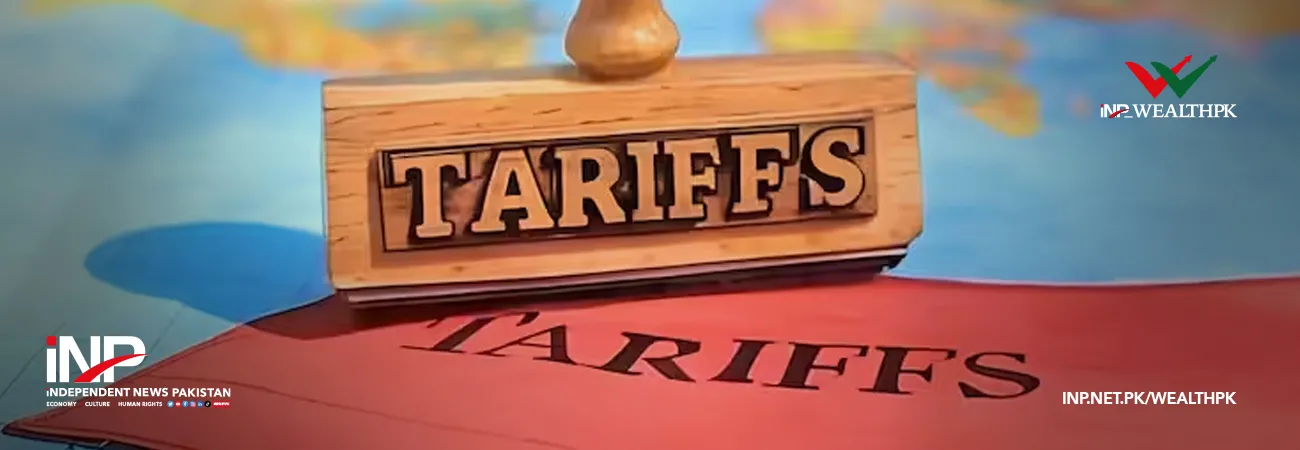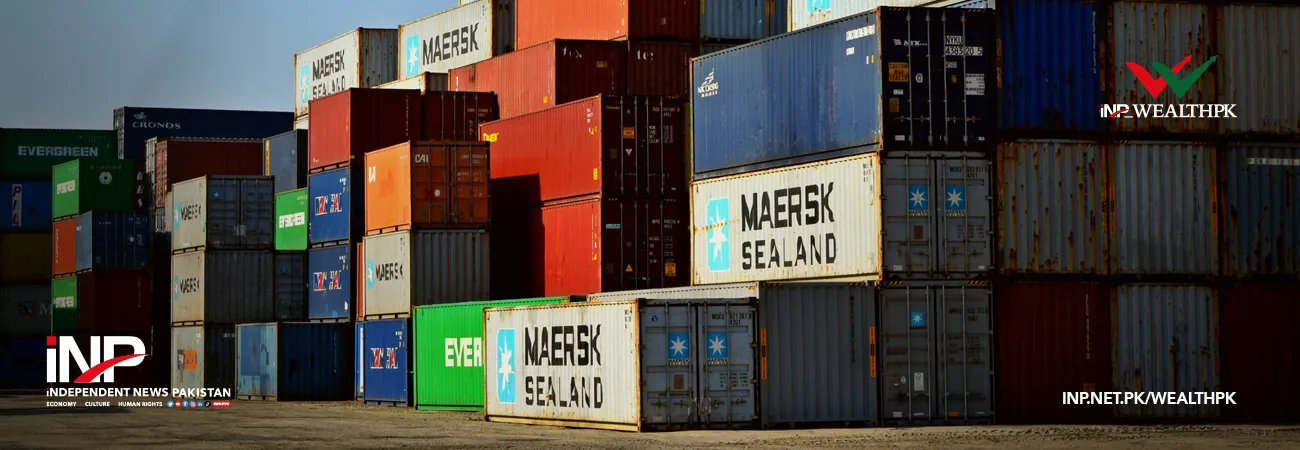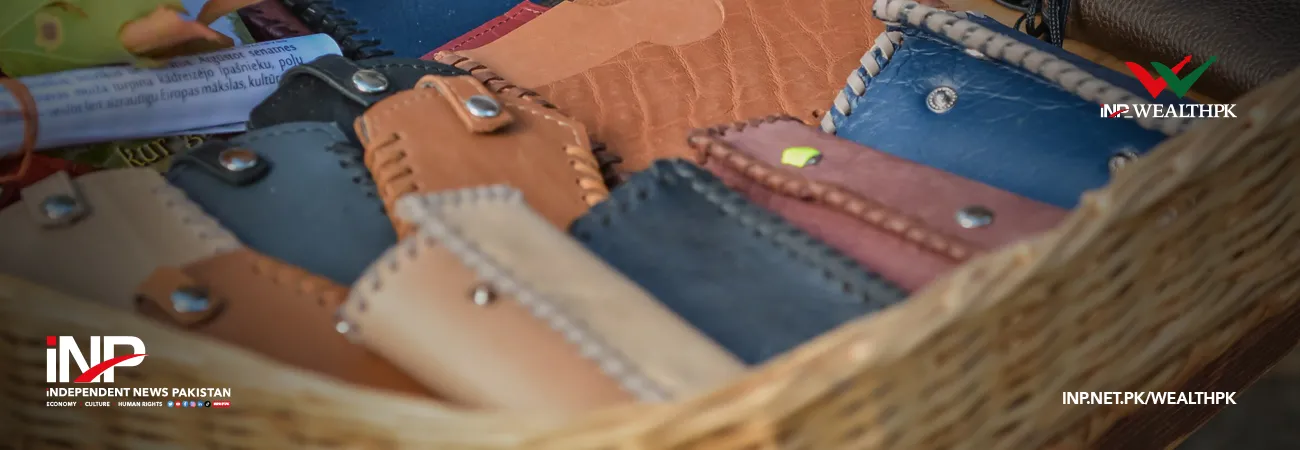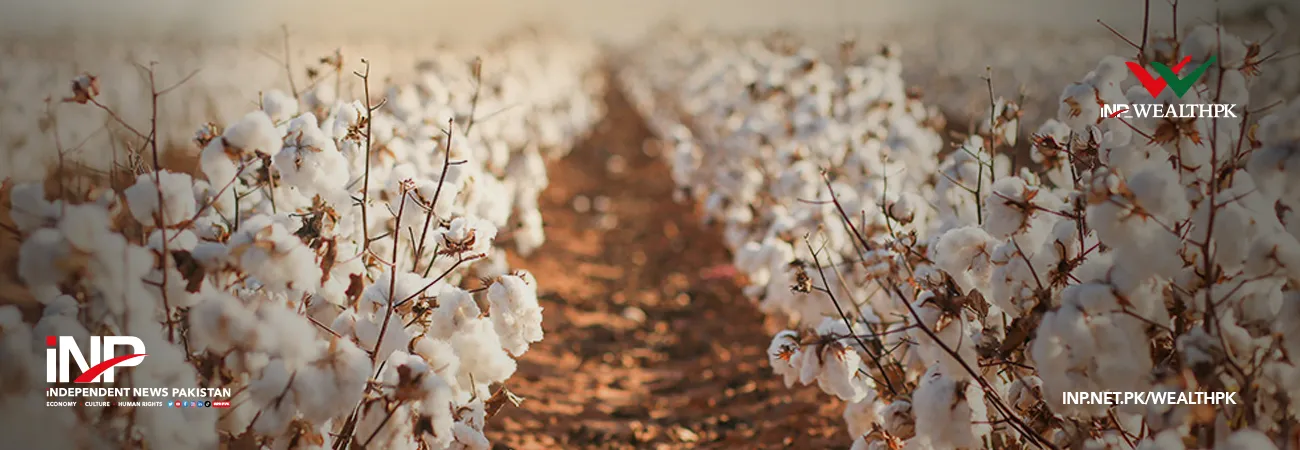آئی این پی ویلتھ پی کے
Qudsia Bano
Pakistan’s export-driven economic recovery remains under serious threat, even as the United States announced a 90-day reprieve on the implementation of its 29% tariff on a broad spectrum of Pakistani products. While the temporary relief offers a brief window for adjustment, experts warn it may not be sufficient to offset the long-term risks posed to Pakistan’s fragile external sector.
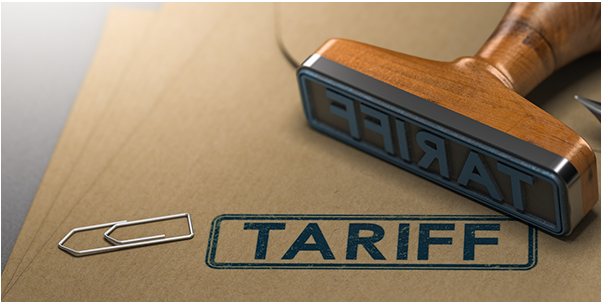
In FY24, Pakistan’s total exports reached $30.4 billion, with the United States accounting for nearly $6 billion worth of outbound goods. The upcoming tariff, now delayed but not withdrawn, targets a significant portion of non-textile exports, including surgical instruments, leather goods, sports equipment, IT services, rice, and chemicals. These sectors collectively represent over $2.8 billion in annual exports to the US and remain at high risk of eventual contraction.
Exporters acknowledged that while the reprieve offers temporary relief, uncertainty still looms large. Initial orders have already been postponed or redirected, and many international buyers have begun exploring alternative sourcing arrangements in countries like Malaysia, Mexico, and Bangladesh, which enjoy preferential trade status or lower tariff exposure.
The export of surgical instruments, a sector where Pakistan holds a global market share of approximately 3%, generated $450 million in FY24. Leather goods and footwear, which earned over $800 million, are bracing for a potential 25-35% drop in US demand once the tariff takes effect. Similarly, the IT services sector, which brought in $2.1 billion in annual exports, much of it to North America, is experiencing a wave of client reassessments amid concerns over future cost competitiveness.
A former senior economist at the Ministry of Commerce noted that while the 90-day delay may soften the immediate blow, the full-year outlook remains bleak. “We still expect a $1.5 to $2 billion decline in exports in FY25 if the tariff proceeds after the reprieve ends. That will put pressure on the current account and complicate talks with the IMF over external financing needs,” he told WealthPK on condition of not being named.
The capital markets have already reflected investor anxiety. The Pakistan Stock Exchange’s Export Sector Index fell 6.2% in a single week following the tariff announcement. Simultaneously, the Pakistani rupee declined by 1.4% against the dollar, adding to inflationary pressures and increasing import costs.
Foreign investment prospects have also taken a hit. According to the State Bank of Pakistan (SBP), net Foreign Direct Investment (FDI) during the first half of FY25 (July-December 2024) stood at $1.33 billion. Analysts now warn the annual FDI target may fall short by as much as 30%, with sectors such as agriculture, logistics, and fintech previously drawing foreign capital likely to lose momentum as global investors reevaluate Pakistan’s trade resilience.
Dr Hamid Haroon, a former senior economist at SBP, emphasised the urgency of diversifying export markets. “The 90-day relief should not lead to complacency. Pakistan must accelerate regional trade engagement with Central Asia, the Middle East, and ASEAN, while scaling up value-added sectors like pharmaceuticals, processed food, and engineering goods,” he advised.
The US tariff episode, even with its temporary pause, serves as a stark reminder of Pakistan’s vulnerability due to an over-concentrated export base and dependence on a few key markets. Experts warn that without a bold strategic pivot, Pakistan may find itself increasingly marginalised in the rapidly evolving global trade landscape.
Credit: INP-WealthPk


